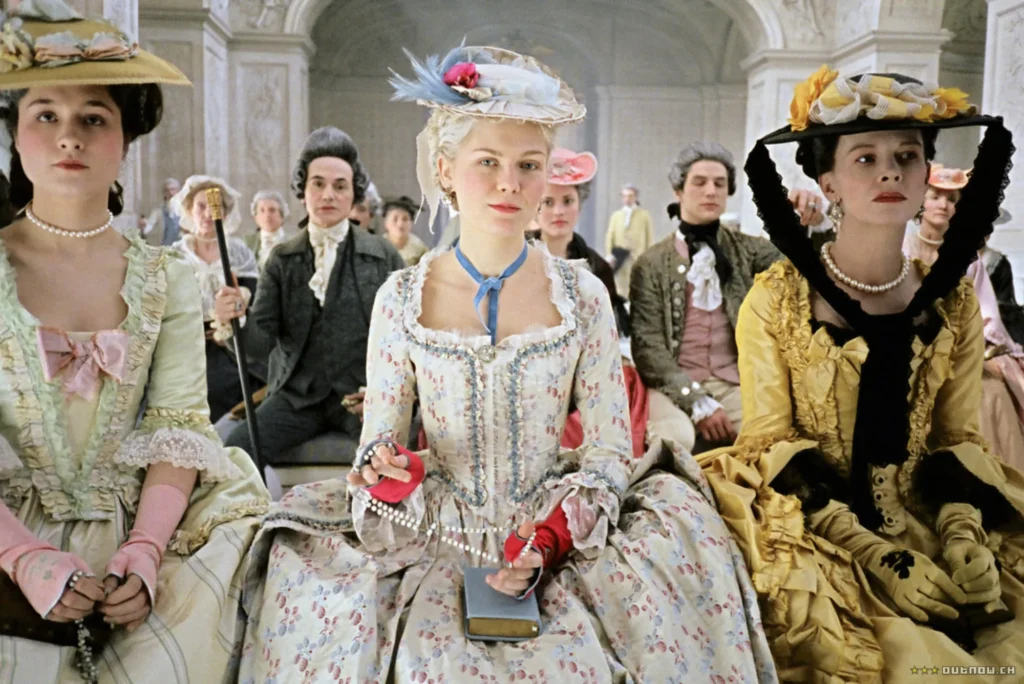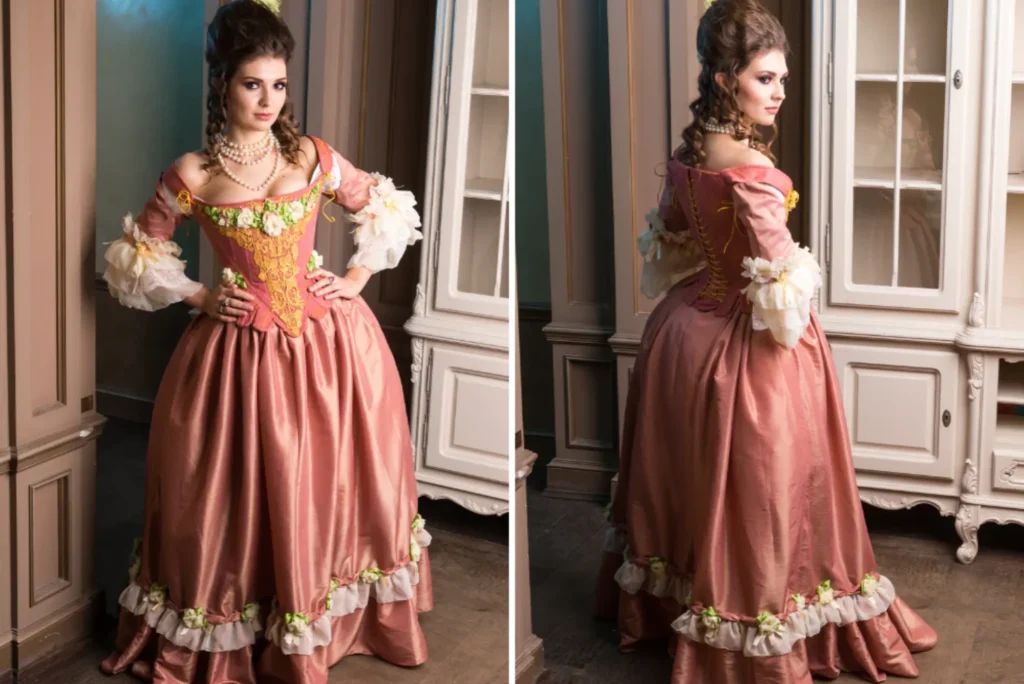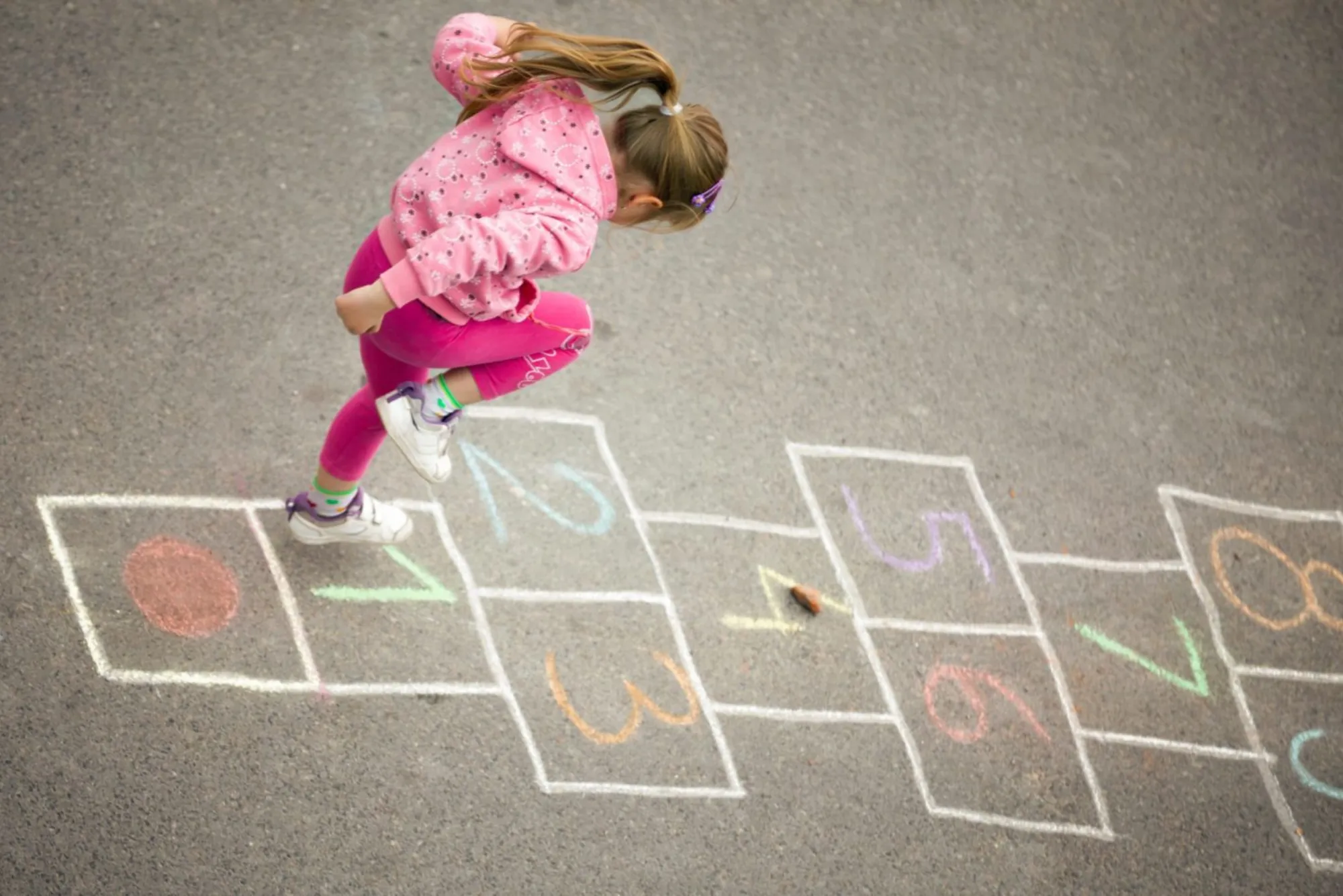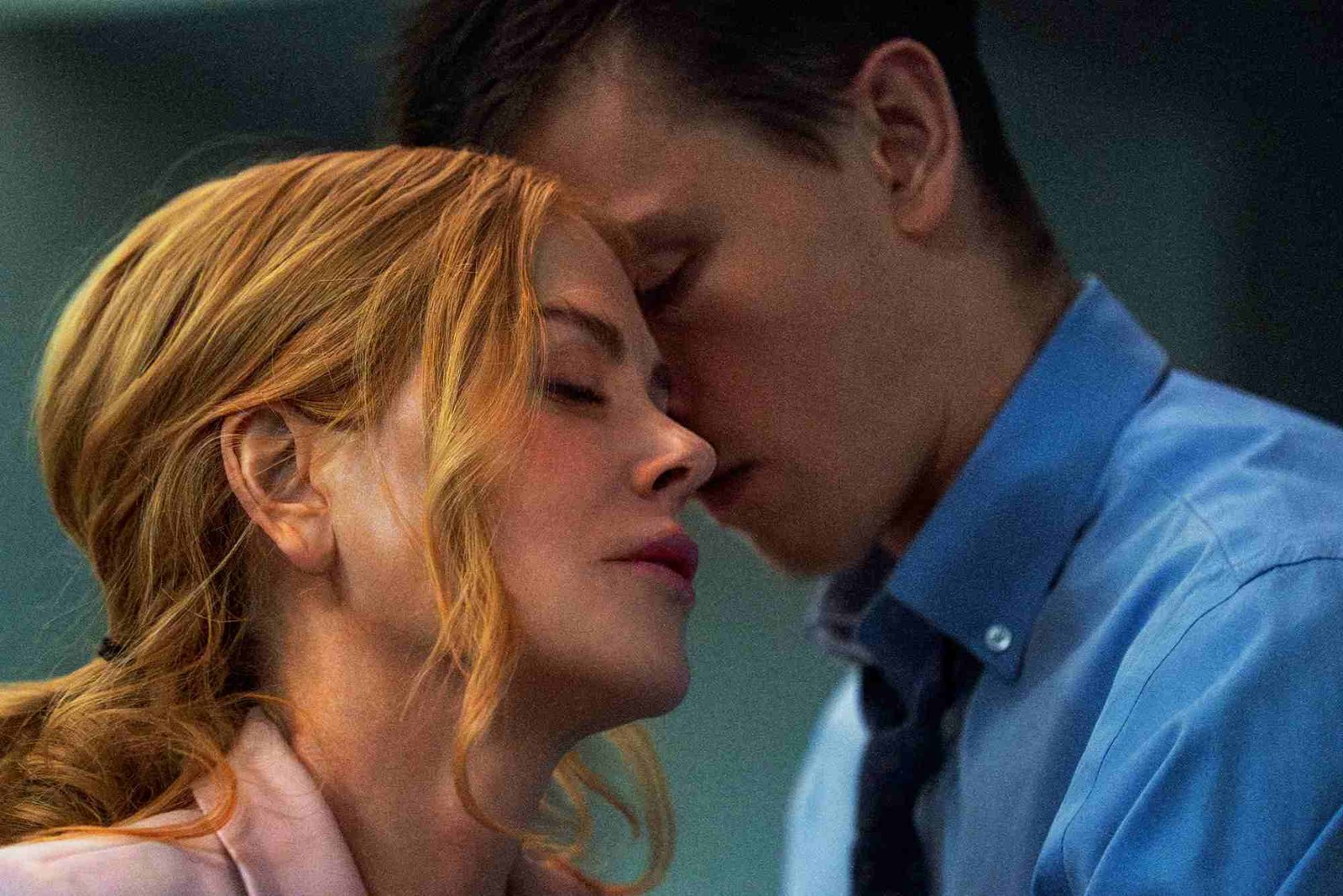Rococo fashion, with its opulent designs and intricate detailing, stands as a testament to an era of artistic flourishing and cultural refinement. Originating in the early 18th century, this style of dress emerged as a response to the grandeur of the Baroque period, embracing a more delicate and whimsical aesthetic.
In this extensive exploration, we embark on a journey through the corridors of history to unravel the essence of Rococo fashion, delving into its defining characteristics, evolution, influential figures, cultural impact, and enduring legacy.
Characteristics of Rococo Fashion
At the heart of Rococo fashion lies a distinct set of characteristics that distinguish it from its predecessors. The silhouette, characterized by its lightness and fluidity, sought to create a soft, feminine figure. Garments often featured intricate drapery, Watteau pleats, and voluminous skirts supported by elaborate paniers or panniers, which widened the hips to exaggerated proportions.
Fabrics such as silk, satin, and brocade were favored for their luxurious sheen and drape, while pastel hues dominated the color palette, evoking a sense of ethereal beauty. Ornamentation played a pivotal role, with garments adorned with delicate lacework, exquisite embroidery, and cascading frills, ruffles, and flounces, reflecting the era’s penchant for lavish decoration.
Key Elements of Rococo Fashion

Watteau pleats, named after the French painter Antoine Watteau, were a hallmark of Rococo attire, adding movement and grace to gowns as they cascaded down the back in elegant folds. Paniers, or side hoops, reached their zenith during this period, creating a distinctively wide silhouette that accentuated the waist and exaggerated the hips, epitomizing the era’s fascination with curves and proportions.
Embroidery and lacework reached new heights of artistry, adorning garments with intricate floral motifs, delicate filigree, and shimmering embellishments, showcasing the skill and craftsmanship of artisans.
Frills, ruffles, and flounces cascaded down sleeves, bodices, and skirts, lending an air of romantic whimsy to Rococo attire, while bows, ribbons, and rosettes added a final flourish of femininity.
Evolution of Rococo Fashion
Rococo fashion underwent a series of transformations throughout its lifespan, evolving from its early manifestations to its peak period of popularity and eventual decline. The early years saw the emergence of Rococo trends in France, particularly at the court of King Louis XV, where it flourished under the patronage of aristocratic elites.
The mid-18th century witnessed the zenith of Rococo fashion, with sumptuous gowns and extravagant ensembles epitomizing the era’s luxurious excess.
However, by the late 18th century, changing social and political landscapes ushered in a shift towards simpler, more restrained styles, marked by the rise of Neoclassicism and the decline of Rococo opulence.
Influential Figures in Rococo Fashion
Rococo fashion owed much of its splendor to the creative vision of designers, couturiers, and artisans who brought its fantastical creations to life. Figures such as Madame de Pompadour, the influential mistress of Louis XV, played a pivotal role in shaping Rococo aesthetics, not only through her patronage of the arts but also through her personal style, which epitomized the elegance and sophistication of the era.
Designers like Rose Bertin, known as the “Minister of Fashion” to Marie Antoinette, helped define Rococo fashion’s sartorial sensibilities, creating extravagant ensembles that captivated the imagination of the French court and beyond.
Noble patrons and influencers, including royalty, aristocrats, and socialites, served as trendsetters, showcasing the latest fashions at elaborate court gatherings and lavish soirées, thus solidifying Rococo fashion’s status as a symbol of wealth, power, and prestige.
Rococo Fashion Across Different Societies
While Rococo fashion found its greatest expression in European courts, its influence extended far beyond the continent, spreading to colonies and trading posts around the globe. European centers such as France, Italy, and Austria served as hubs of Rococo style, disseminating their sartorial innovations through trade networks and cultural exchange.
In colonial outposts and burgeoning metropolises, local artisans and craftsmen adapted Rococo aesthetics to suit regional tastes, resulting in unique interpretations that blended indigenous traditions with European elegance.
In Asia, Rococo influences mingled with traditional attire, giving rise to hybrid styles that reflected the complexities of cultural exchange and globalization.
Rococo Fashion in Contemporary Culture

Though Rococo fashion faded into obscurity with the onset of new artistic movements and societal changes, its legacy endures in contemporary culture. Revivals of Rococo style periodically resurface on fashion runways, with designers drawing inspiration from its ornate motifs and romantic flourishes, reimagining them for the modern wearer.
Beyond the realm of fashion, Rococo aesthetics continue to captivate artists, designers, and filmmakers, serving as a source of inspiration for works of art, architecture, and costume design.
In an age marked by rapid technological advancements and shifting cultural paradigms, Rococo fashion remains a testament to the enduring allure of beauty, elegance, and refinement, reminding us of the timeless appeal of an era steeped in luxury and indulgence.
Rococo fashion stands as a testament to an era of unparalleled creativity, luxury, and artistic innovation. Defined by its exquisite craftsmanship, elaborate ornamentation, and romantic sensibility, Rococo attire continues to fascinate and inspire generations of admirers.
As we reflect on its enduring legacy, we are reminded of the power of fashion to transcend time and place, leaving an indelible mark on the fabric of history.
From the grandeur of European courts to the bustling streets of colonial outposts, Rococo fashion remains a symbol of beauty, elegance, and aspiration, encapsulating the spirit of an age defined by extravagance and refinement.





